Use Intent Signals in Your Marketing Playbook (Guide)
the cornerstone of content and outbound
Hello and welcome to this edition 👋
The B2B Marketing playbook for 2025 can be summarized with 3 tactics. Create a content ecosystem, collect intent, and run warm outbound. Here, intent is the bridge between content and outbound.
So in this edition, I’m going to talk about;
How to Use Intent Signals in Your Marketing Playbook
More specifically you’ll learn;
What is intent and why it matters in your B2B Marketing system
The 2 types of intent signals (and what to prioritize)
The importance of content in your intent signal system
👋 If you want my help in your B2B business, here’s how I can help you;
1. My LinkedIn™ visual content agency: Work with me and my team to turn your expertise into infographics, carousels, videos, and text posts. Plus, we help you on your social selling to close deals.
2. 1:1 advisory with me: I’m reopening slots for my 1:1 advisory. I’ll help you to set up your entire B2B marketing and content strategy. Send me an email at hello@pierreherubel.com
3. Sponsor this newsletter: Promote your brand to my audience on this newsletter (and possibly elsewhere). Send me an email at hello@pierreherubel.com
1. What is intent and why it matters in B2B Marketing
Let’s start with 3 simple definitions:
1. What is intent in B2B Marketing?
In B2B marketing, "intent" refers to a potential buyer’s readiness or interest in purchasing a product or service based on their behavioral signals.
2. What is an intent signal in B2B Marketing?
In B2B marketing, an intent signal is any action or behavior that indicates a potential buyer is interested in a specific product, service, or solution and may be preparing to make a purchase.
3. What is an intent gathering system in B2B Marketing?
An intent gathering system in B2B marketing is a framework or stack of tools and processes used to detect, collect, and act on buying intent signals from potential customers.
Now let’s see why it matters so much;
~95% of your total available market is not ready to buy, but ~5% is “in market” and looking for potential solutions
While you are always on “sales mode” (it’s normal because it’s your job), buyers are not always in “buying mode”. This is a fundamental principle you need to understand if you work with mid market, upmarket, and enterprises. Most prospects are busy and have many things to do.
Now the good part is that a fraction of your target market is ready to buy. But they will probably not contact you, even if they know you. So you need to adapt to this context if you really want to make sales.
Knowing who is ready to buy is a superpower for your marketing and sales team. Why? Obviously because they can focus their outbound efforts (emails, calls, DMs) on the right prospects (who are more likely to close).
An intent signal = a clue that someone is in the market for what you sell.
You need an intent gathering system or you are completely blind about who’s interested by your offer
If you were in a room with 10 people, it would be easy to know who is ready to buy. In this case, you just need to ask each of them “what is your priority now?” and “do you need to buy X?”. The problem is that your TAM is much bigger, and you don’t know where they are.
Many companies are doing cold outbound with poor performance, while warm prospects are waiting to be contacted. They are missing the whole point about ROI: you need to spend your dollars on what has the highest chance of success.
The impact of having an intent system is significant:
You prioritize the right prospects → so you save time and resources
You get a higher closing rate → because prospects are ready to buy
You get a better sales velocity → the warm prospects close faster.
Work with me and my team to create your expert content, collect intent, and receive warm leads that engaged (matching your ICP)
2. The 2 types of intent signals: external signals unrelated to your business, and signals related to your business (+ how to prioritize)
Not every signal should have the same weight in your GTM strategy. A company that hires a new VP of sales (external signal) is not as strong as someone who visited 5 times your pricing page (related signal).
So I’m breaking down them into 2 types of intent signals:
1. External Intent Signals
These are signals that come from outside your ecosystem (they don’t involve any direct interaction with your brand). They’re clues that a company might be entering a buying cycle or experiencing a situation that makes them more likely to need your solution soon.
Examples:
Hiring a new VP of Sales
Raising a funding round
Being mentioned in an industry report
Reading competitor reviews on G2
Entering a new market
2. Engaged Intent Signals (aka Internal or Direct Signals)
These signals are directly tied to your brand or assets. They indicate that a lead or account is already aware of you and actively exploring your offer, showing much stronger buying intent.
Examples:
Visiting your pricing page multiple times
Downloading your whitepaper
Attending your webinar
Following your company on LinkedIn
Interacting with your emails or product demo
Not every signal should have the same weight in your GTM strategy so you can actually prioritize your outbound efforts
First of all, engaged intent signals are more important than external intent signals for a simple reason:
External Intent Signals (1) suggest a prospect might be entering a buying cycle soon. Whereas Engaged Intent Signals (2) show the lead is actively engaging with your brand.
So you should definitely prioritize the second intent in your day-to-day marketing and in your overall strategy. They have a higher chance of closing because they are familiar with your brand.
Also, focusing only on external intent signal might put you in the same position as a cold email spammer (“Hello I’ve seen you recruited 3 new SDRs so you must be interested by…”)
3. Your content is crucial to grow and capture the intent of your prospects
Your content ecosystem is your best asset to create and identify intent signals.
More content → More brand touchpoints → More interactions with prospects → More clues about who is interested → Better warm outbound performance
I’m going to explain the 2 simple reasons why;
Reason 1: Your brand touchpoints will help the prospect grow their intent progressively
First, of course, the content is here to educate your prospect about your solution (and their problem). As they learn more, their intent grows progressively and they go through a series of buying triggers.
This comes in opposition to the “urgent need” which often trigger and inbound demand. By the way, you can’t rely on urgent inbound requests to grow a business or you’ll have zero control over your growth.
However, you need to keep in mind that some prospects may appear to have strong intent to buy, but it may actually be unfounded and driven by emotion. So even the strongest intent signals (e.g. multiple demos) won’t ensure a sale in this case.
Reason 2: Your content and brand touchpoints will create intent signals you can’t miss
As prospects consume your content (LinkedIn, newsletter, YouTube, webinars, downloaded guides, podcasts, blog pages…), they leave clues on the way.
Here are some examples:
LinkedIn engagement / LinkedIn profile visits / LinkedIn followers / YouTube followers / Downloads (with email) / Email consumption / Email forwards
All these signals should help you prioritize whom to contact first. If you focus on prospects with the highest number of intent (and most powerful), you increase your closing rates.
In a nutshell, you need to multiply brand touchpoints in order to multiply the possibility to gather intent signals.
And if you want to start with your LinkedIn strategy, here is a 20-minute masterclass:
Alright that’s the end of this edition ! Hope it will help you to gather the right intent!
👋 If you want my help in your B2B business, here’s how I can help you;
1. My LinkedIn™ visual content agency: Work with me and my team to turn your expertise into infographics, carousels, videos, and text posts. Plus, we help you on your social selling to close deals.
2. 1:1 advisory with me: I’m reopening slots for my 1:1 advisory. I’ll help you to set up your entire B2B marketing and content strategy. Send me an email at hello@pierreherubel.com
3. Sponsor this newsletter: Promote your brand to my audience on this newsletter (and possibly elsewhere). Send me an email at hello@pierreherubel.com


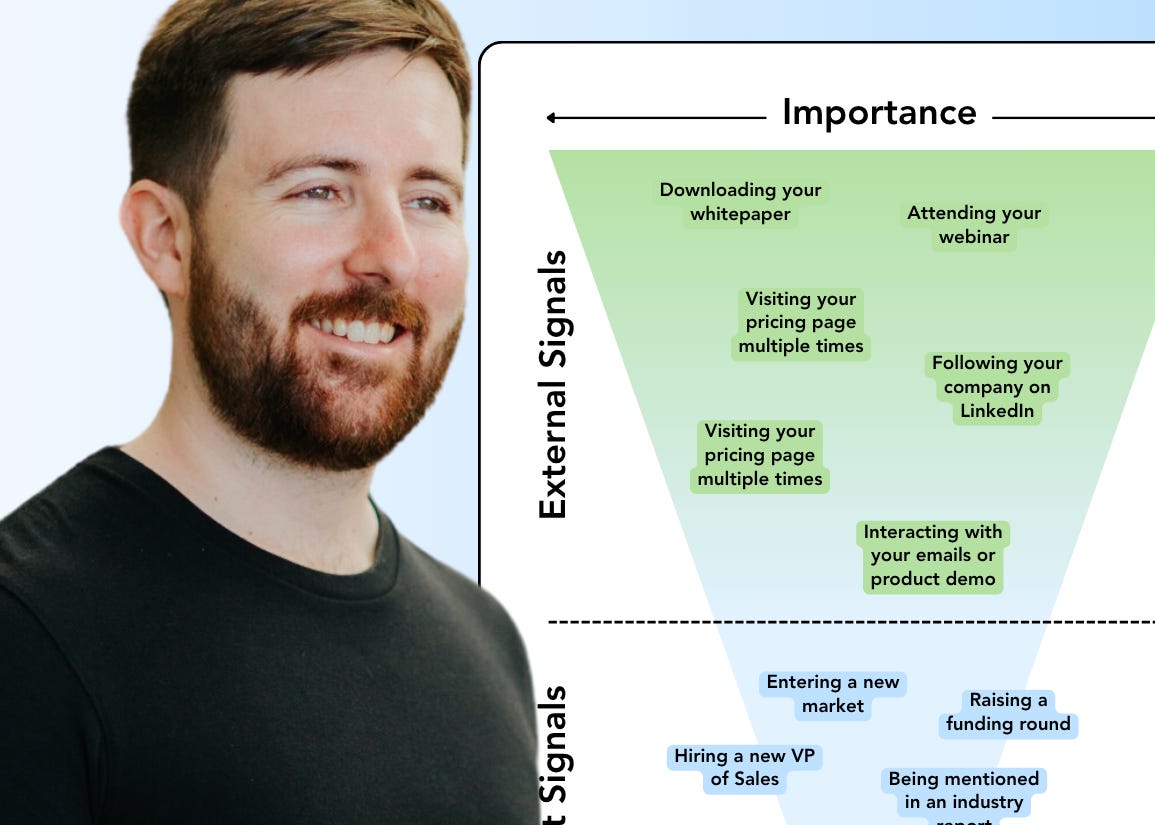
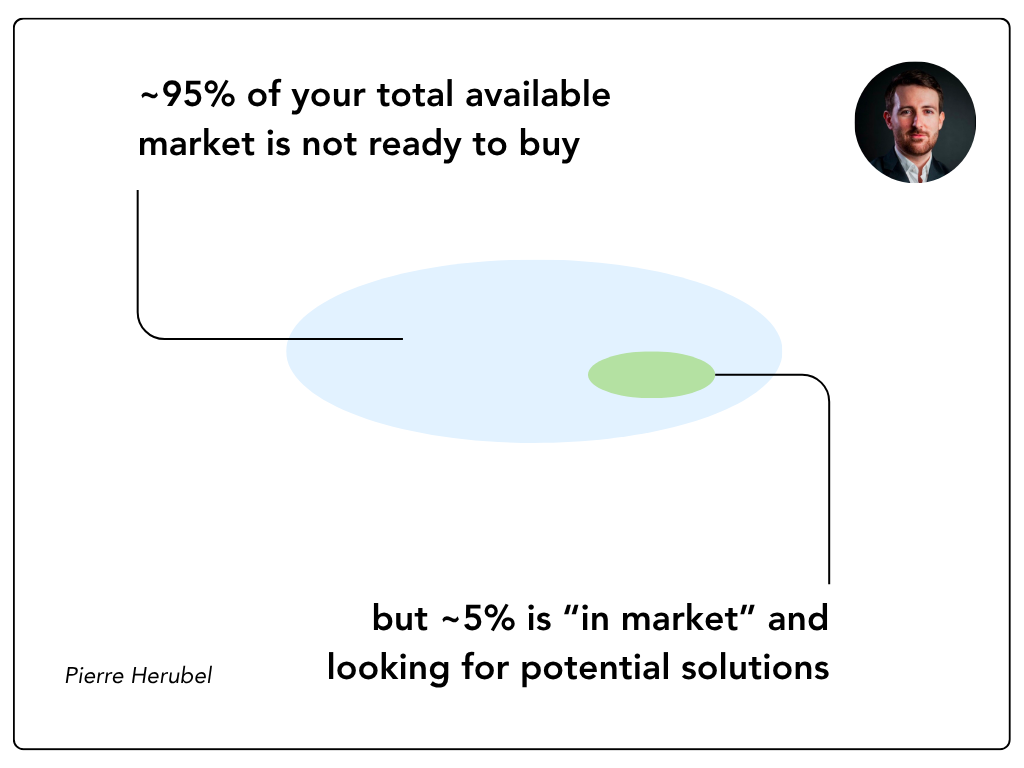
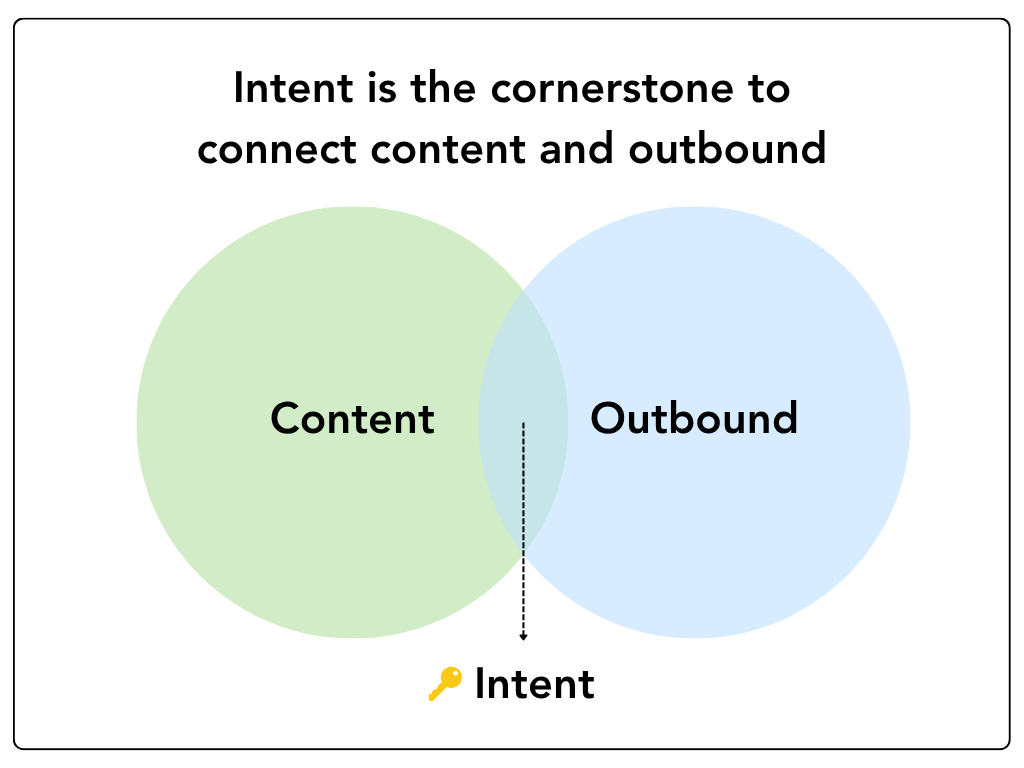

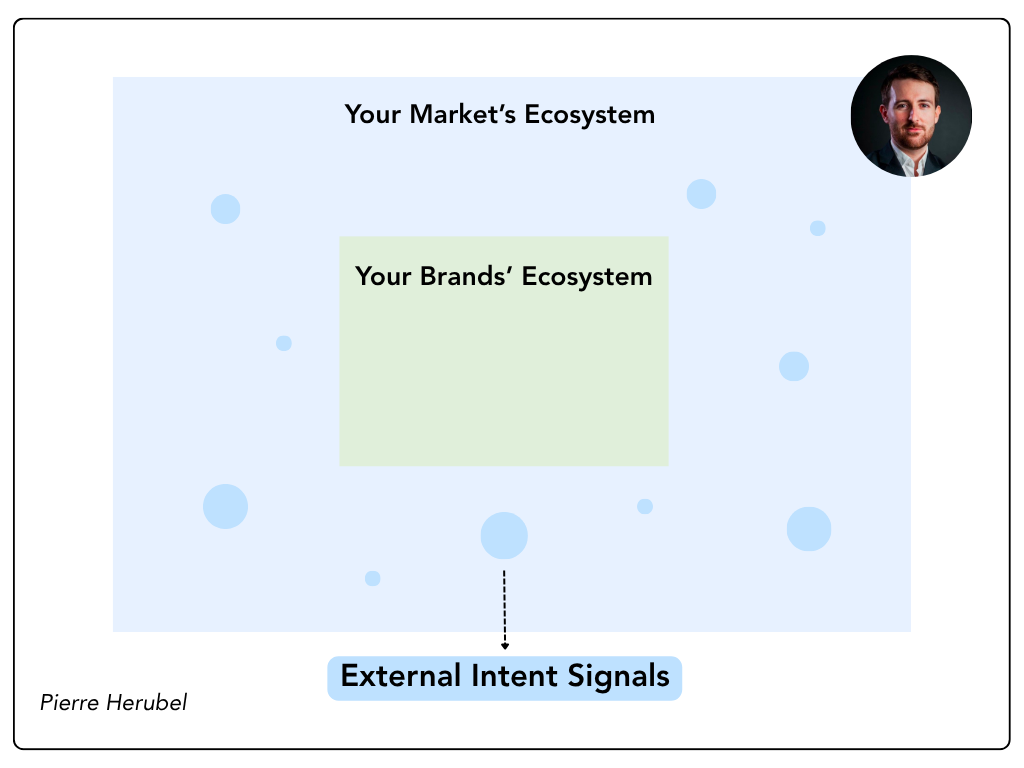
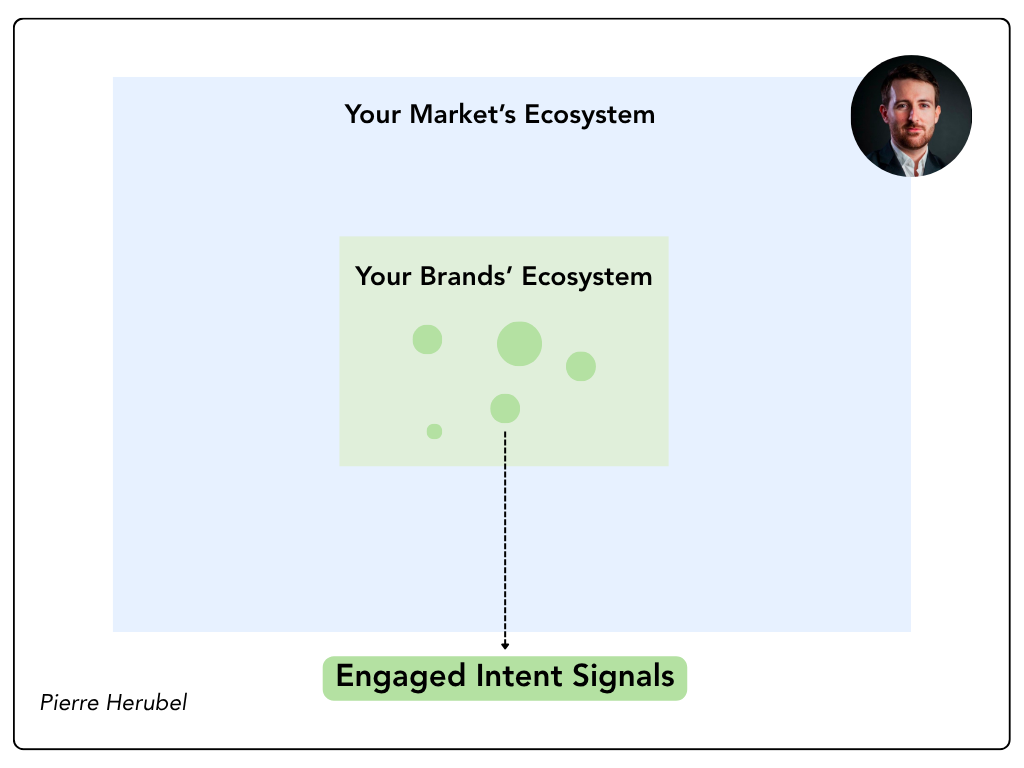
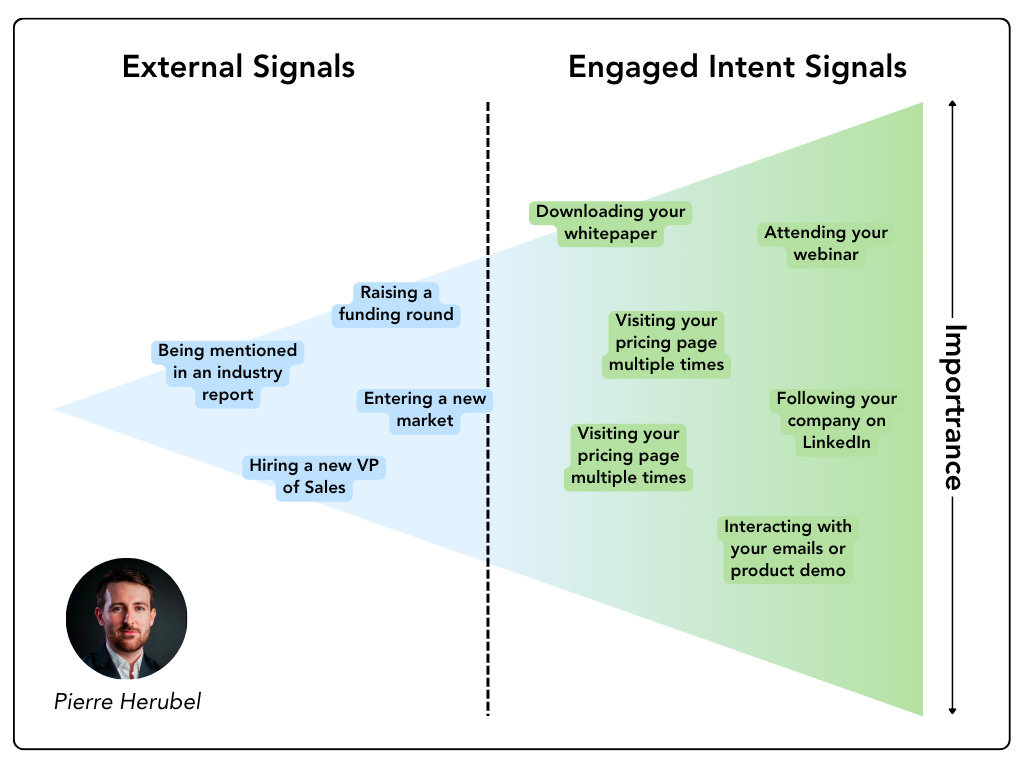



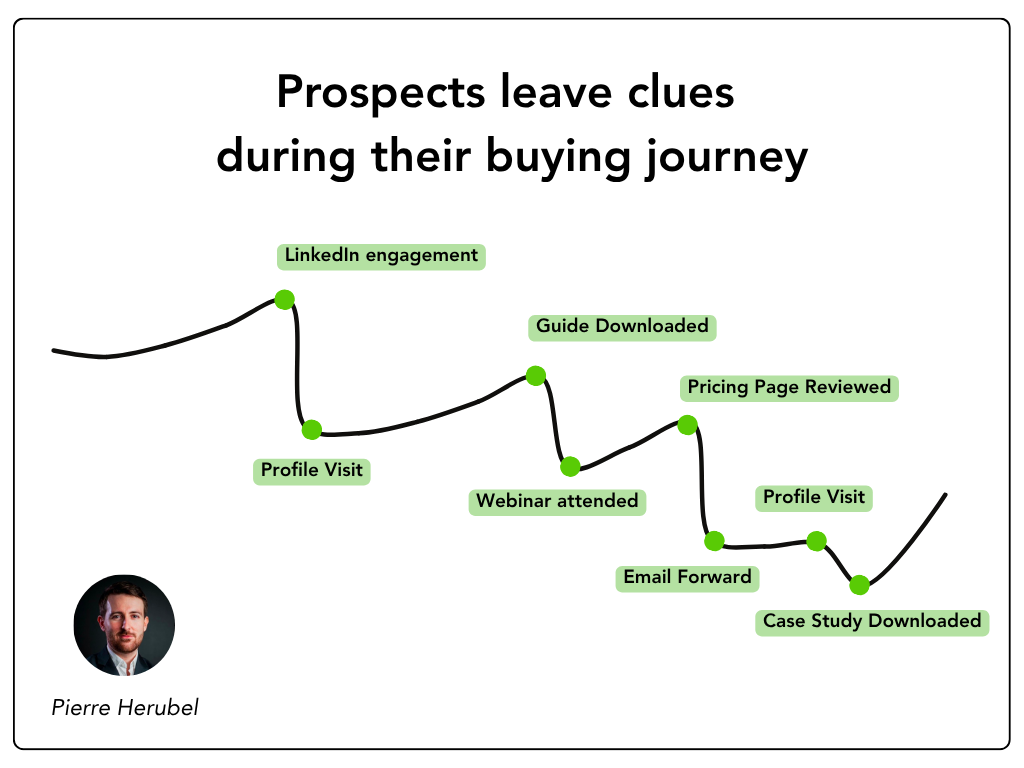
This was an awesome read! Very useful for sellers but I can image how well it also works for buyers cause it's a way to understand how their digital "body language" is being interpreted. Every click and download is a signal. A great reminder that we're never browsing anonymously haha
Great clear content Pierre! Not everyone ever talks about 95:5 which is yet one of B2B fondamentals